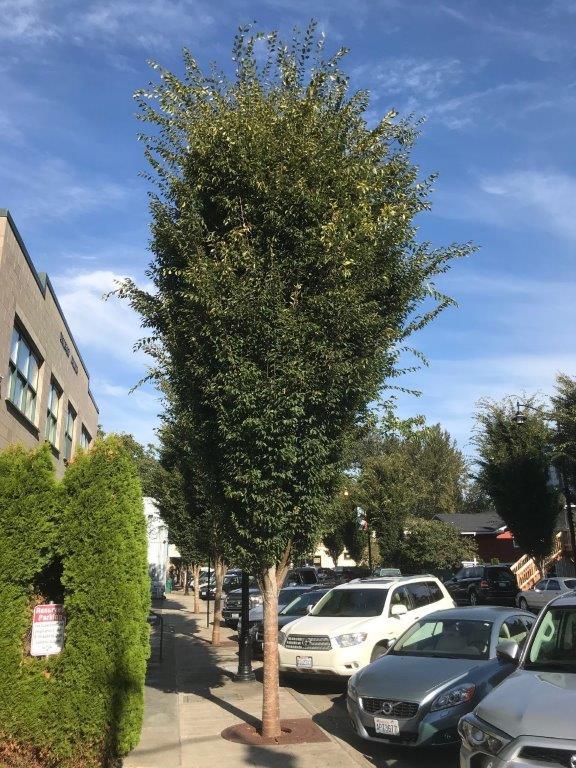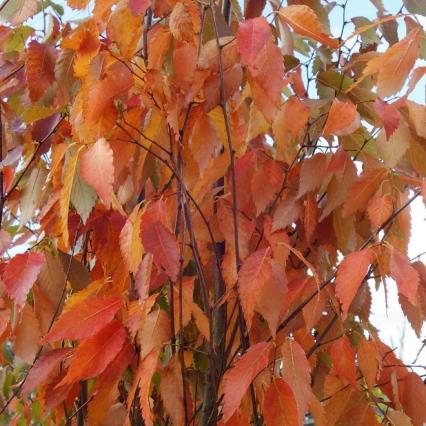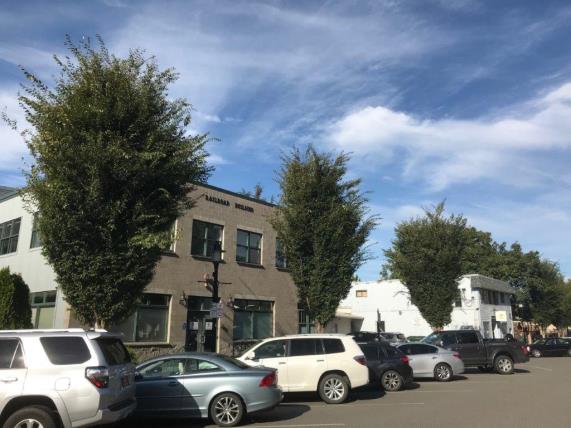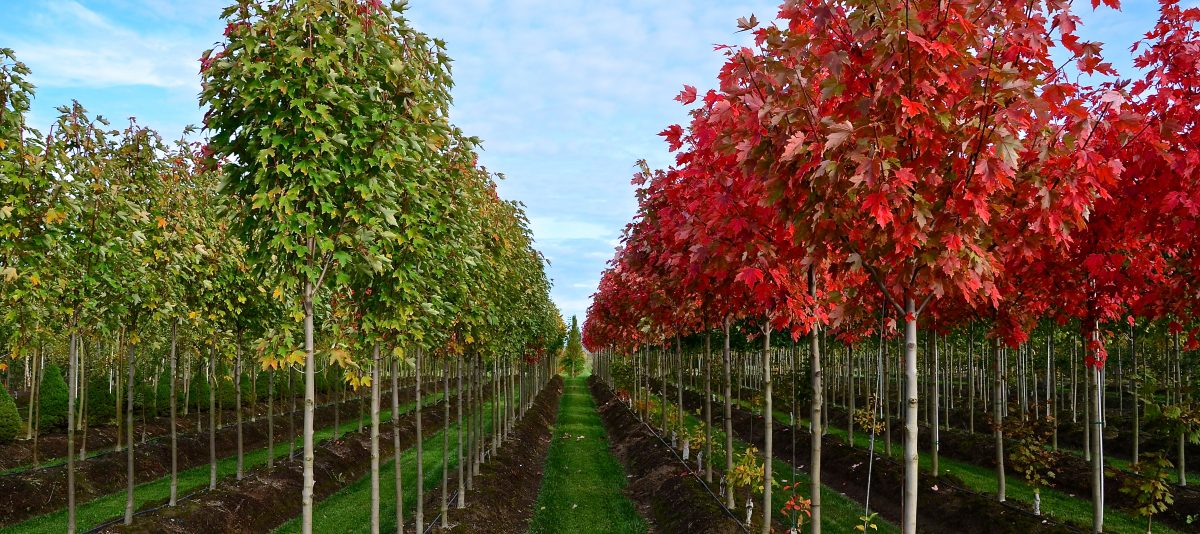Musashino Zelkova
Zelkova serratta ‘Musashino’

The Japanese zelkova, Zelkova serrata, and its cultivars have been planted in many cities for a long time as a significant contribution to our palette of street trees. The species provides a wide range of canopy forms, from a short and flat crown to a medium-height broad, vase-shaped canopy–even a tall columnar tree form. We are fortunate to have so many forms of Zelkova serrata to choose from given the increasingly limited space available for urban trees. Buildings, wires, signs, and streetlights constrain the space for full canopied trees, but the Musashino zelkova, Zelkova serrata ‘Musashino’, may meet that challenge. With its tall, narrow crown, the Musashino zelkova is a relatively new tree that should be on every city street tree list.
The natural phenotype (straight species) can get very large, as observed at the Washington Park Arboretum in Seattle and other parks in the Pacific Northwest. Here they average an impressive 60 feet tall and 60 feet wide. Such large specimens are more appropriate for parks and boulevards where they have room to grow and spread. The Musashino zelkova cultivar, however, has an ultimate size of about 45 feet tall and 15 feet wide. It can be very dense with multiple leaders forming what appear to be weak branch attachments, though, in my experience, I have not seen many branch failures. It is a Zone 5 tree but is sometimes susceptible to late spring or early fall frost damage, especially when young. The aging bark can be thin and gray, flaking away to expose a tan to creamy base similar to the lacebark elm, Ulmus parvifolia. The elm-like leaves of zelkova are relatively small with serrated margins, dark green through the summer, and turning to a yellowish-red to rusty red fall color.

One maintenance challenge presented by the Musashino cultivar, like a few other columnar varieties, is what I refer to as “lazy laterals”. These are lateral limbs that can get so long and heavy that they splay out away from the columnar form. The most appropriate maintenance approach would be to remove the limb back to the main trunk or make a reduction cut back to a strong lateral branch. This would reduce end weight and help return the branch to a more vertical position while strengthening future branch growth. This is something to keep in mind for the Musashino zelkova and other columnar-cultivated tree forms.
Planted as a single specimen tree, Musashino zelkova makes a tall vertical statement in the landscape. More impressive is a row of them along an avenue or boulevard. I have seen them do relatively well in sidewalk planters of limited size; however, be careful: cultivars from larger growing species have the potential to eventually reach larger sizes and trunk diameters than you might assume from their slender upright form. We have found them to transplant relatively easily, and once established, to be very drought tolerant. Zelkova is tolerant of the wide range of soil types and pH levels commonly found in urban tree planting sites.
Although related to the elm through the Ulmaceae family, the Zelkova genus is considered highly resistant to the Dutch elm disease and the elm leaf beetle.
Any of the Zelkova serrata cultivars can be impressive urban trees for their size, function, and benefits but ‘Musashino’, with its tall, narrow form, makes a unique, and especially useful choice where other trees would outgrow the space.
As always, let me know what your experience is with this tree.

As always, let me know your experiences with Musashino Zelkova
Jim Barborinas
ISA Certified Arborist #0135
ASCA Registered Consulting Arborist #356
Certified Tree Risk Assessor #PNW-0327
